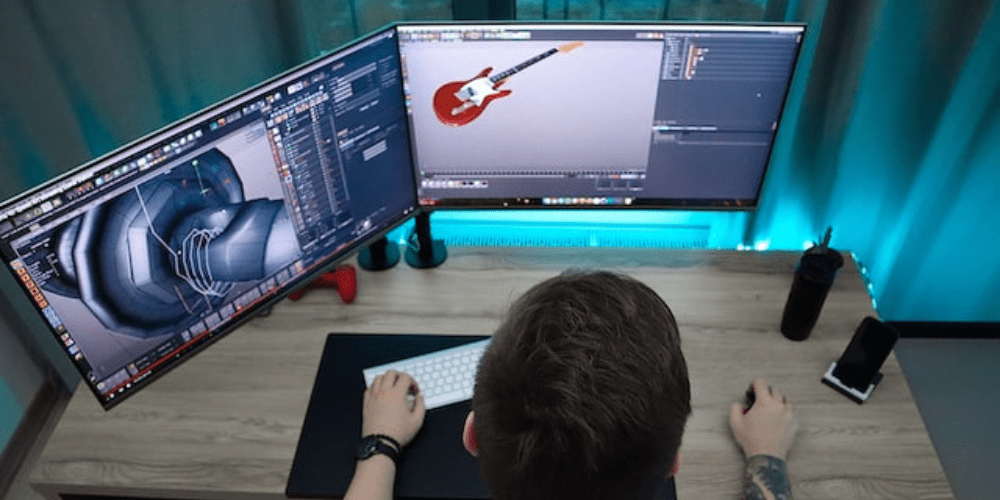Reaction injection molding is the low-temperature and pressure process that shapes different plastic parts. The molding process is popular in medical, automotive, and industrial units. It is a detailed experimental process that includes mixing liquids at high pressures and kept closed at low pressure. Through the Reaction Injection Molding (RIM) Process, the material expands to covet the tool within minutes.
The storage step:
To make the process of reaction injection possible, the polymer liquids are stored in storage units in high-pressure pumps. After that, the pressure is lowered while the tanks are recirculated with multi-steam.
Therefore, the fundamental reaction of this process is created by storing polymers and exposing them to various chemical reactions. And once the polymers are injected actively, they expand and then hold their shape while cooling down. The RIM design process is structured to process the raw materials for customization for desired weights and molded shapes. It also effectively designs the raw material’s strength, density, and hardness. By chemical reactions of the raw material, the designers get a much lighter polyurethane part that is more susceptible than the ones created by normal injection molding.
Advantages of the RIM process:
Some effective RIM process advantages are below;
- It is effective and successful for experimenting with filling the table with large parts.
- The designers can fill the mold with multiple molds before injecting it with RIM material. Furthermore, the RIM material can also hold many inserts during the process of molding.
- This process offers flexibility in the thickness of walls. You can decide whether to have thick or thin variations.
- The final product of the reaction injection process is durable and can be molded and finished with paints.
- Another effect of this reaction process is its cost-effectiveness. It allows the digester to manufacture the tooling within time and at a low cost.
Comparison:
Reaction injection molding |
Injection molding |
|
Less costly molding material can be used based on the volume and design requirements of the part, |
Only high production volume can support the heavy costs of the tooling. |
|
The flexibility of scaling is provided. For example, you can set up an economical rapid prototyping production run. Or you can also attain small or large units. |
It has an automated process than the other. Therefore, the labor cost of this reaction is less. |
|
Even though the weight is the final product is lighter, it still has highly robust physical properties. |
Thermoplastics make it possible to melt and reuse the raw material for other sheet forms. |
|
Detailed oriented. |
Only uniform wall thickness is attianable for molded parts. |
It leads to difference in the inside and outside mold pressure which completes the process of forming a pattern on the metal. It is important that the casting mold can withstand the melting metal during the steps. Nonetheless, it depends on your design choice, which can finalize the need for either reaction. Injection molding and reaction injection molding have multiple pros and cons suitable for different projects. You must identify the project’s material requirement and product cost before selecting any reaction process. Moreover, always contact the expert team to guide you through the best property companions.

